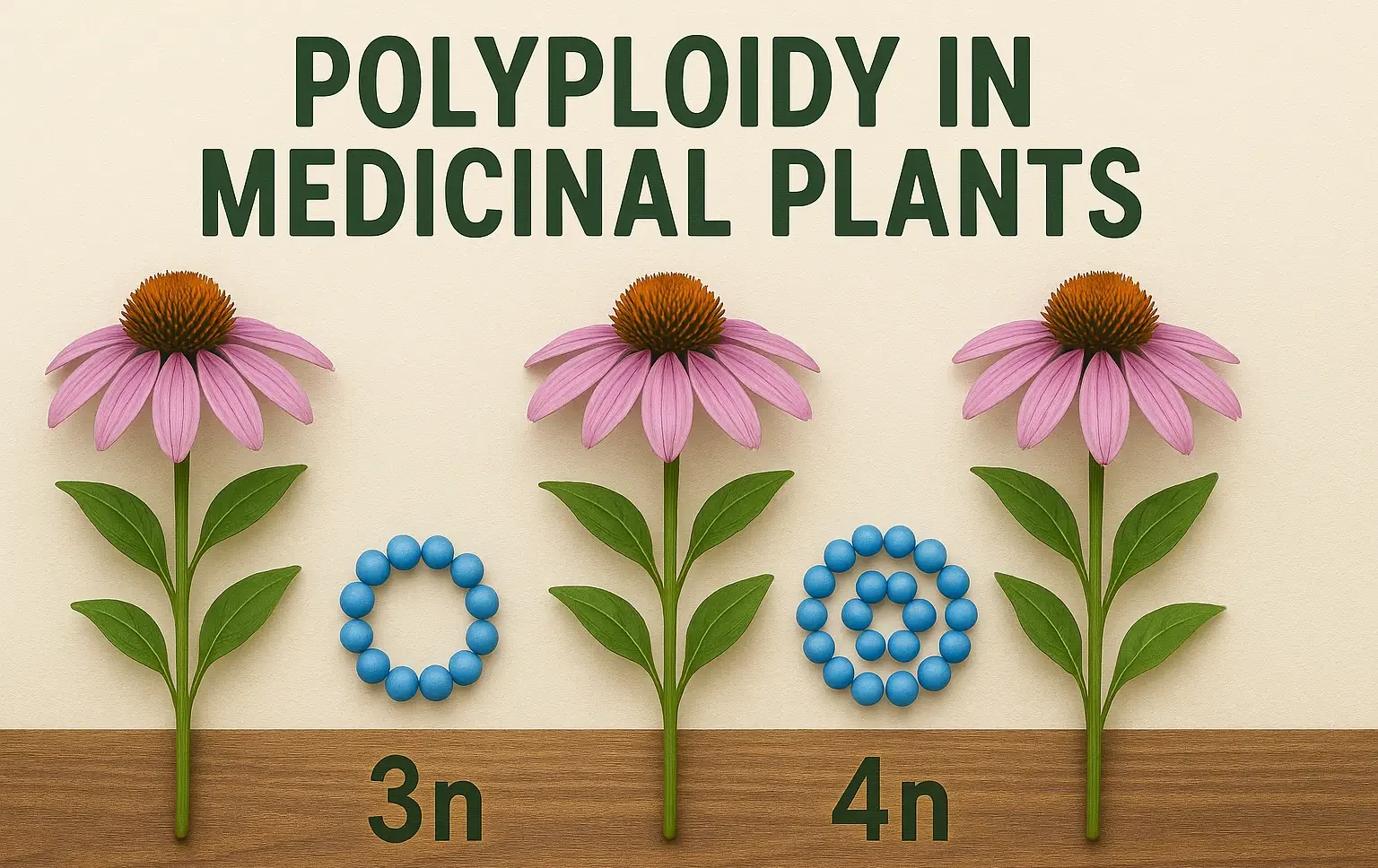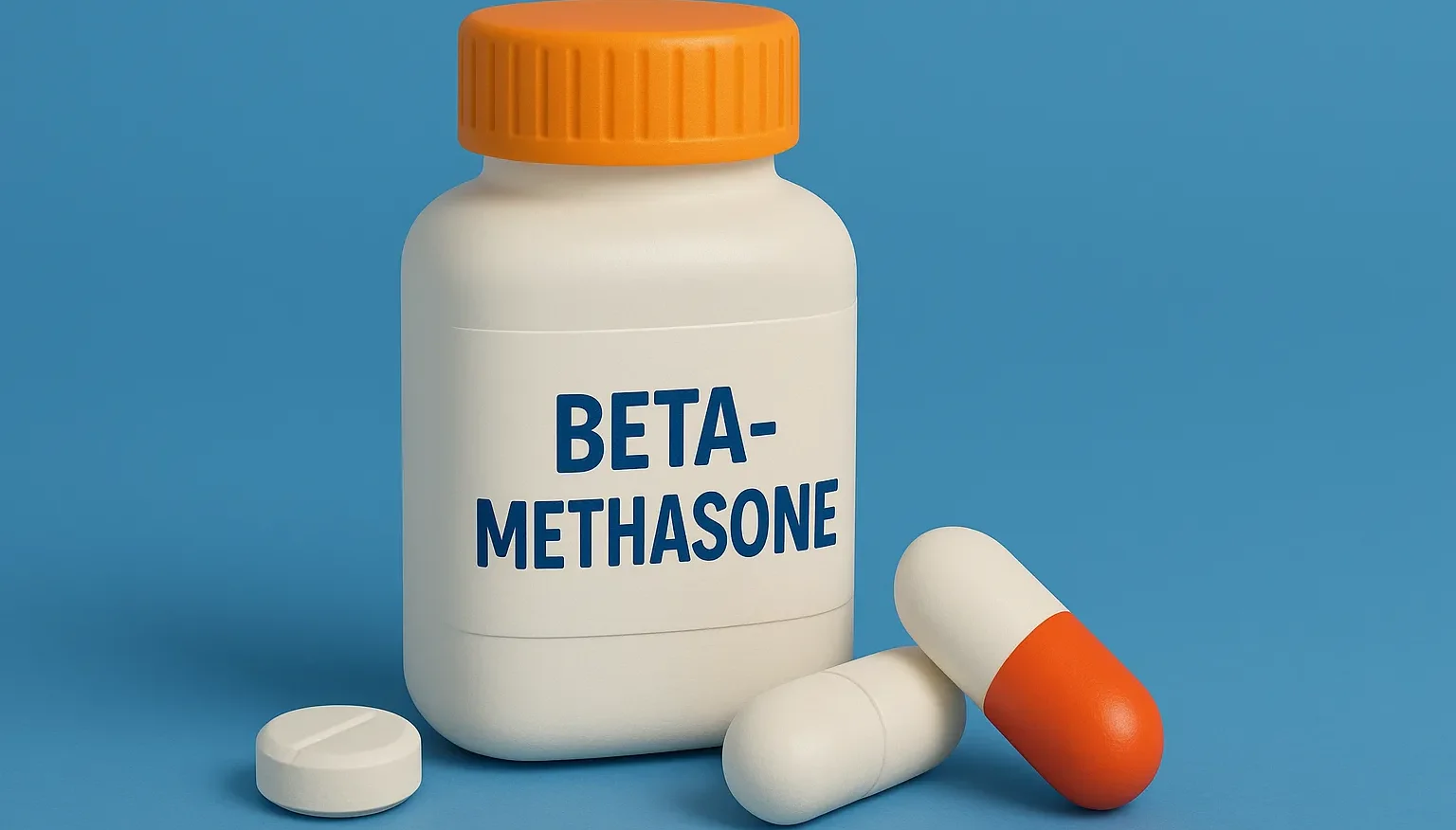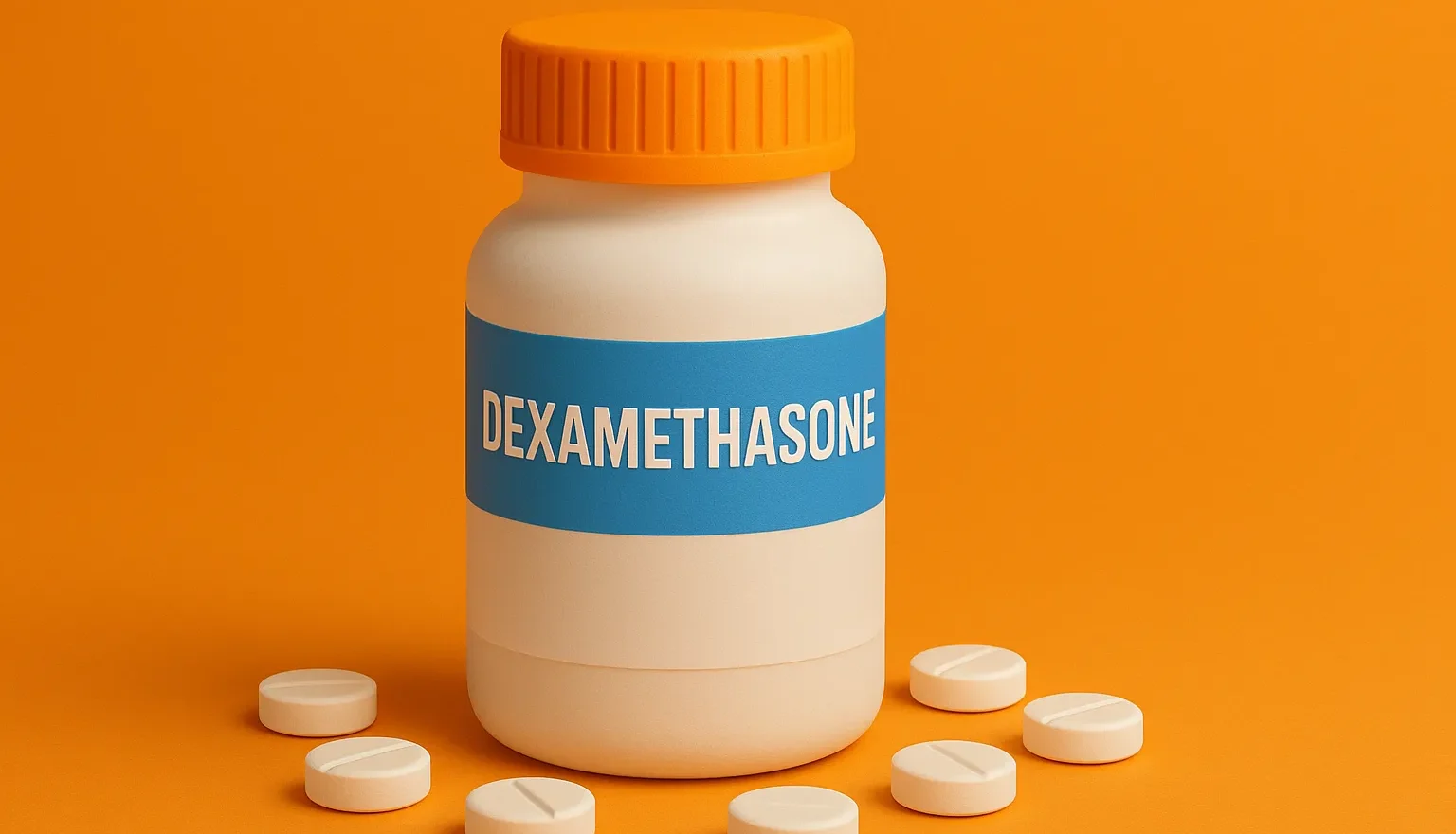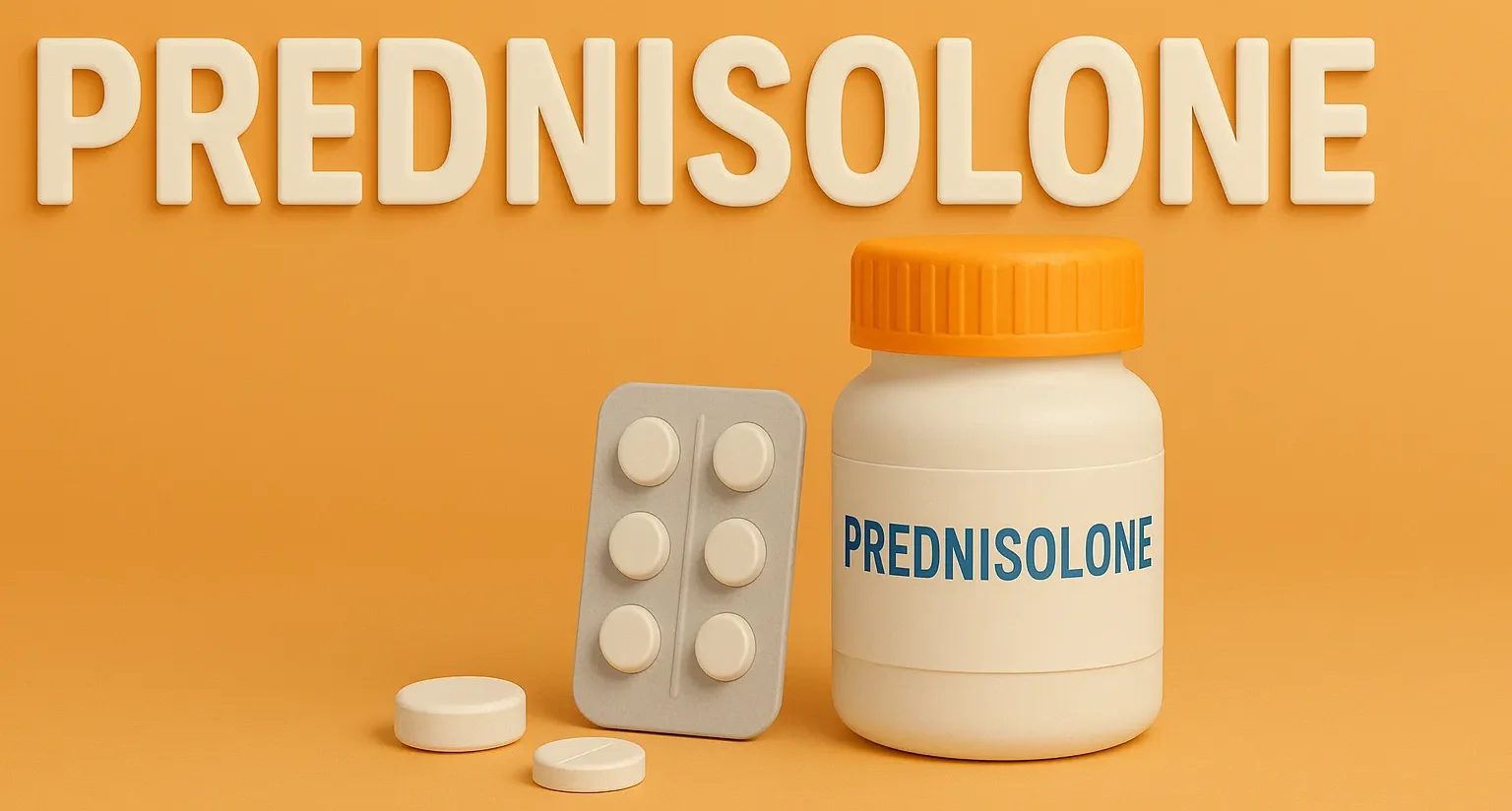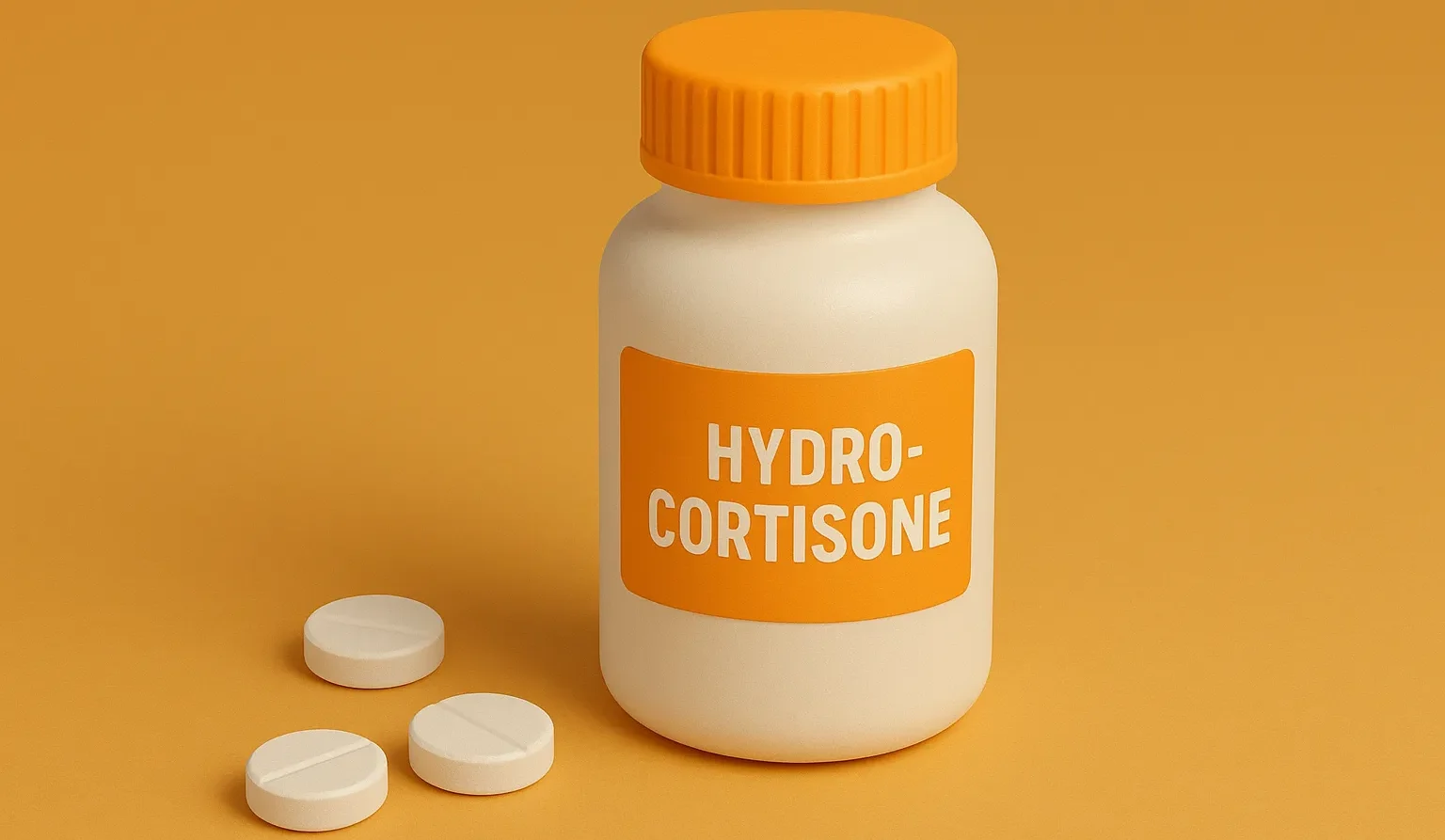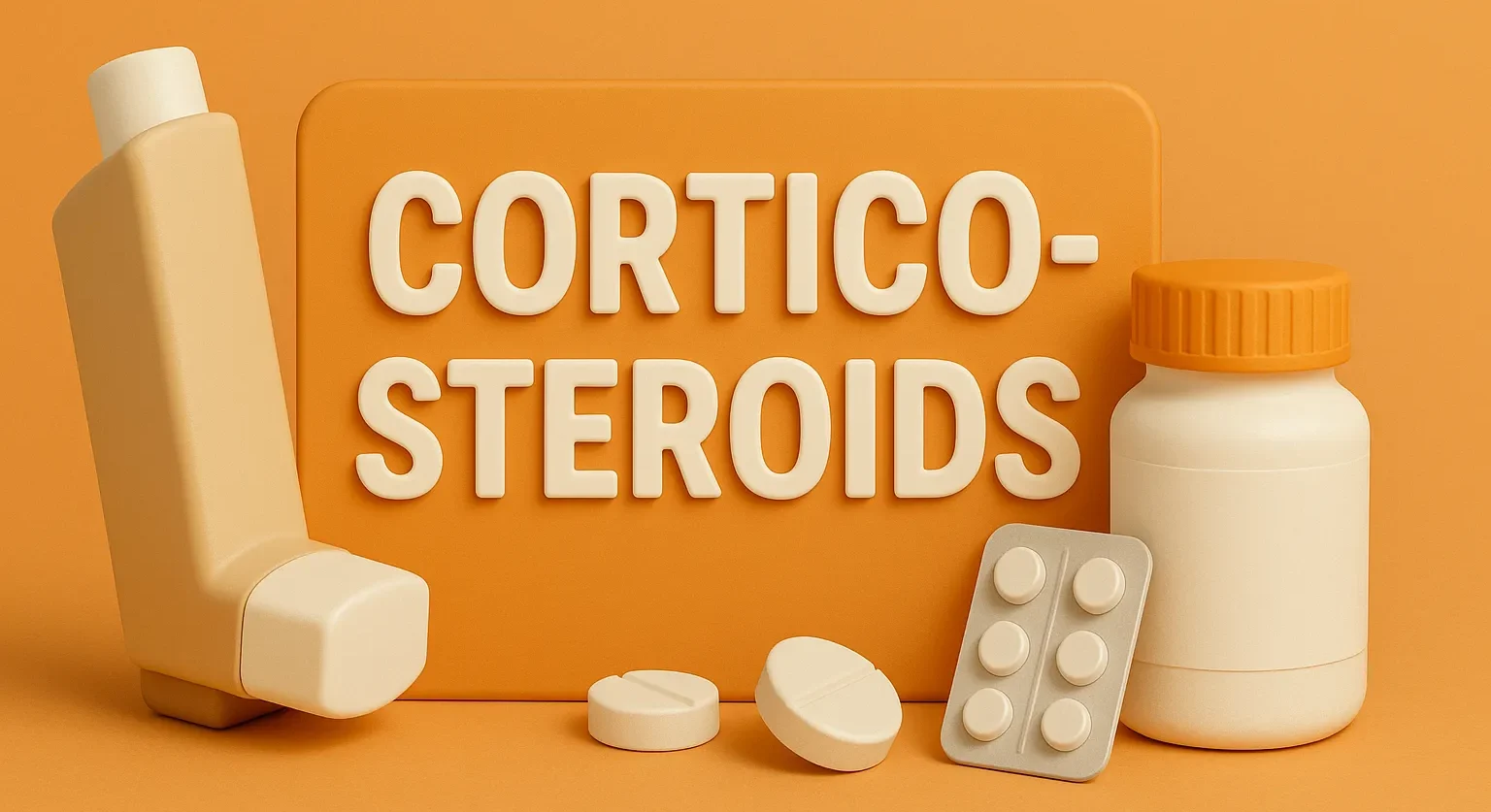Conservation of Medicinal Plants
Conservation of Medicinal plants are valuable natural resources used in traditional and modern medicine. Due to overharvesting, habitat destruction, and climate change, many medicinal plant species are at risk. Conservation efforts aim to protect and sustain these plants for future generations. Types of Conservation In-Situ Conservation (On-Site) Protects plants in their natural habitat. Methods: Establishing … Read more


